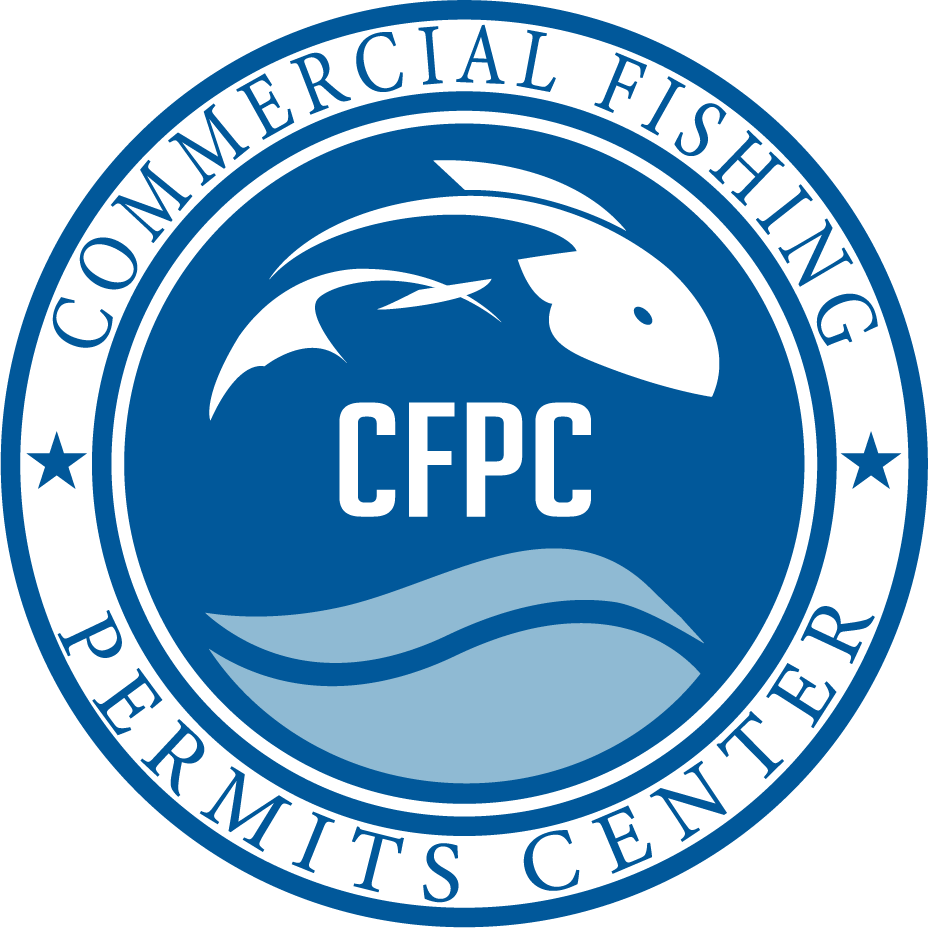Most Popular Kinds of Alaska Commercial Fishing License Applications
Alaska’s commercial fishing industry is one of the most robust in the world, supplying millions of pounds of seafood annually. Whether you’re a seasoned fisherman or new to the industry, securing the right permits is essential for legal operation. We can help you to obtain the right Alaska commercial fishing license for your operation.
These are some of the most popular types of Alaska fishing license applications at our site, how to obtain them, and key details to keep in mind.
Commercial Vessel License Application
The Commercial Vessel License Application is one of the most frequently submitted forms.
Key Details:
- Who Needs It? Any vessel used for commercial fishing in Alaska must be licensed, regardless of size or fishing method.
- How to Apply: The application can be found on our site.
- Fees: Vary based on vessel length and residency status (Alaska residents typically pay lower fees).
Common Mistakes to Avoid:
- Submitting incomplete forms.
- Missing renewal deadlines.
- Not updating vessel ownership changes promptly.
Request for Duplicate Licenses
Losing a fishing license can halt operations, but a Request for Duplicate Licenses ensures you stay compliant while waiting for a replacement.
Key Details:
- When to Use It: If your original Alaska commercial fishing license is lost, stolen, or damaged.
- How to Apply: Submit the right form through our site.
Tips for Faster Processing:
- Provide all necessary details (license number, vessel name, owner information).
- Pay applicable fees in advance.
- Double check your information.
Vessel License Change in Information
If there’s a change in vessel ownership, name, or other critical details, you must update your records with the Vessel License Change in Information form.
Key Details:
- When to Use It:
- Change in vessel ownership.
- Vessel name modification.
- Alterations in vessel specifications (length, horsepower, etc.).
- How to Apply: Complete the appropriate form at our site.
- Deadlines: Updates should be submitted within a reasonable timeframe to avoid compliance issues.
Why Timely Updates Matter:
- Ensures accurate records for enforcement and emergency situations.
- Prevents fines or penalties for outdated information.
- Maintains eligibility for future permits and licenses.
Alaska Scallop License Limitation Program Application
The Alaska Scallop License Limitation Program (LLP) regulates scallop fishing to prevent overharvesting and ensure sustainability.
Key Details:
- Who Needs It? Vessels participating in the directed scallop fishery.
- How to Apply: Access the right form through our site.
- Restrictions: Limited entry program—only a set number of licenses are issued.
Important Considerations:
- Eligibility Requirements: Historical participation in the fishery may be necessary.
- Transferability: Some LLP licenses can be transferred or leased under specific conditions.
Alaska License Limitation Program Applications for Groundfish and Crab
Similar to the Scallop LLP, the Groundfish and Crab License Limitation Programs control access to these fisheries to promote sustainability.
Key Details:
- Who Needs It? Vessels targeting:
- Groundfish (pollock, cod, flatfish).
- Crab (King crab, Tanner crab, etc.).
- How to Apply: Forms are available on our site.
- Quota Systems: Some fisheries operate under individual fishing quotas (IFQs).
Key Differences Between Groundfish and Crab LLPs:
When comparing the Groundfish and Crab License Limitation Programs (LLPs), several key differences stand out. Eligibility for the Groundfish LLP is primarily determined by a fisherman’s historical participation in the fishery, while the Crab LLP requires vessels to meet specific operational history requirements. Transfer rules also vary significantly—Groundfish LLP permits tend to be more flexible, allowing easier transfers between operators, whereas Crab LLP permits are highly restricted to prevent overconsolidation. Finally, seasonal limits differ between the two programs: Groundfish regulations fluctuate depending on the targeted species, while Crab LLP seasons are strictly enforced with little room for adjustment. Understanding these distinctions ensures fishermen apply for the correct permits and remain compliant.
Why Proper Licensing Matters
Failing to secure the correct Alaska commercial fishing license can lead to:
- Fines and Penalties: Operating without a valid license can result in hefty fines.
- Seizure of Catch: Illegally harvested fish may be confiscated.
- Loss of Future Privileges: Repeat violations can lead to permanent bans.
How to Simplify the Application Process
- Use Online Resources: Many forms are available digitally for faster submission.
- Double-Check Requirements: Each fishery has unique rules—review them before applying.
- Keep Records Organized: Maintain copies of all submitted forms and correspondence.
- Seek Professional Help: Permit services can assist with complex applications.
Navigating Permit Challenges: How We Solve the Industry’s Biggest Headaches
Commercial fishermen know that securing the right permits isn’t just paperwork—it’s the lifeline of their business. But between shifting regulations, agency red tape, and the risk of costly mistakes, the process can feel like an uphill battle. We can turn those obstacles into smooth sailing.
Independent applicants often hit roadblocks that stall their operations, including:
- The “Fine Print” Trap
- Permit rules aren’t always straightforward. For example:
- A vessel fishing for halibut in Alaska may need different endorsements than one targeting the same species in the Atlantic.
- Catch limits for crab fisheries can change mid-season, requiring immediate permit updates.
- We decode these nuances so you don’t accidentally violate terms.
- Permit rules aren’t always straightforward. For example:
Help With Your Alaska Commercial Fishing License and More
By understanding the most common Alaska commercial fishing license applications, you can ensure smooth operations and avoid unnecessary delays. Whether you’re renewing a vessel license, replacing a lost permit, or applying for a limited-entry program, staying informed is the key to success in Alaska’s thriving commercial fishing industry.
For more details on specific applications, visit the Commercial Fishing Permits Center to access all necessary forms and resources.

No Comments
Be the first to start a conversation